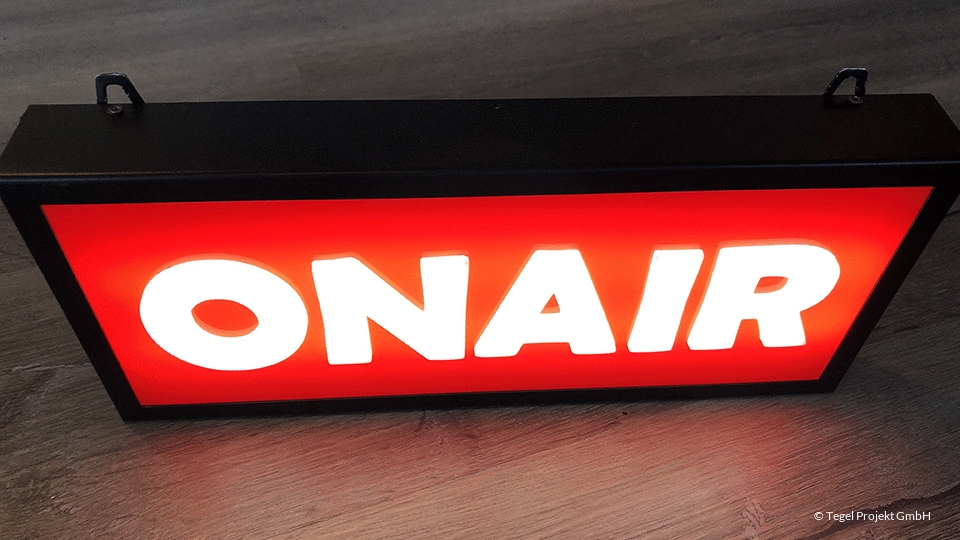On Thursday, 12.11.2020, the first specialist event in the series “Schumacher Quartier im Dialog” took place as a digital conference. Almost 150 interested participants followed the expert exchange on the question: What opportunities does urban timber construction offer for new neighbourhoods?
The event opened with an introduction by Senate Building Director Regula Lüscher on Berlin’s goals: “We also feel committed to this pioneering character (…of Tegel Airport) in the development of the quarter. On the one hand, the Urban Tech Republic, a place for innovation, and also in the development of the Schumacher Quarter. We said very early on that we wanted to develop a special neighbourhood here, a model neighbourhood where innovation is very important. And when you say innovation, you also say sustainability when it comes to urban development. We say yes to ecological management and we say a very big yes to the circular economy.” Ms Lüscher went into further detail about the significance of the Schumacher Quarter and its development goals. Based on many good Berlin and Brandenburg projects that received awards as part of the Berlin Timber Construction Prize 2019, the idea arose to also establish urban timber construction as a broader development principle for the Schumacher Quartier and Berlin: “The great opportunity lies in the fact that we can connect the Urban Tech Republic with the Schumacher Quartier and the focus on the fact that we could develop a Bauhütte in Tegel, which of course has its first pioneering and construction site in the Schumacher Quartier. But of course we also want to think bigger. It could be like a starting nucleus for an Industry 4.0, so that Berlin becomes a very important timber construction industry location.”
Prof. Dr. Philipp Bouteiller, Managing Director of Tegel Projekt GmbH, then presented the importance of timber construction for the Schumacher Quarter and the after-use planning: “At the beginning, the question was: How do we realise the sustainability claim that we have as a city? Achieving climate neutrality by 2050, to which Berlin had already committed itself in 2016, would only be possible if new solutions were found not only in the energy industry but also in the construction industry. The Schumacher Quarter should not only become a social but also an ecological model quarter that can show how things can be done. A contribution would be made by many innovative concepts such as the “sponge city principle” with systems that can store water and thus provide for evaporation and cooling, new mobility concepts for a “car-free quarter”, an innovative energy supply through a “low-exergy network”, more biodiversity through clever planning with “animal-aided design”. However, urban timber construction would be able to make the most significant contribution here. The approx. 10% additional costs compared to conventional construction, which are currently still to be expected in timber construction, could be significantly reduced in the future through the establishment of a Bauhütte 4.0: Through a competence centre for timber construction, where experts develop solution concepts such as industrial prefabrication, new production techniques and integration of digital strategies and bring them to market maturity, costs could be reduced in the long term and thus not only meet one’s own ecological, but also economic demands. In this way, this “real laboratory” in Berlin could set important impulses beyond the city’s borders, also internationally, and the city could take on a pioneering role. As a follow-up to this, the authors of the study “Results of the potential analysis Bauhütte 4.0 – innovation and production location for urban timber construction”, Prof. Raoul Bunschoten and Prof. Dr. Ing. Holger Kohl, presented the results for a timber construction hut at the Berlin TXL location. These were subsequently published in a press release.
A practical classification of the topic was then provided by two further impulses: Dr Denny Ohnesorge from the Main Association of the German Timber Industry highlighted the potentials of building with wood, illuminating the supply issue: “In 50 days, the entire annual timber requirement for all 17,000 flats in Berlin grows back in the Brandenburg forest.” An impressive comparison that showed that the raw material for a project like the Schumacher Quartier was right on the doorstep and already theoretically available. Furthermore, he said, one could actively promote the economy through regional cooperation and at the same time pursue sustainability goals through short supply chains. Elise Pischetsrieder, Managing Director, weberbrunner architekten Berlin, showed with best practice examples how economic large-scale projects in timber construction can already be realised now. In the subsequent discussion section, the project was discussed with all the experts with the participation of the audience: a recurring question was affordability, fire protection and the CO2 balance.
It became clear that prefabrication and serial production are a central key in urban timber construction: This can minimise construction times and costs. The dovetailing of the various construction actors along the new process and value chains and the development of a new timber construction industry is also a key to minimising costs.
Here you can find a complete documentation of the event in video.
Here you can find a study by the Senate Department for the Environment, Transport and Climate Protection on the subject of timber versus reinforced concrete construction:
In the following you will find the individual lectures as videos as well as the presentations of the speakers:
Bauhütte 4.0 as a global prototype – What potentials arise for Berlin? Prof. Dr.-Ing. Holger Kohl (IPK Fraunhofer). Click here for the video.
From the forest to the city – timber construction creates new impulses for urban living. | Dr. Denny Ohnesorge (German Timber Industry Association). Click here for the video.
How can innovative and affordable timber construction succeed? – Best Practices | Elise Pischetsrieder (weberbrunner architekten, Berlin). Click here for the video.
Project visualisation Bauhütte 4.0 | Prof. Raoul Bunschoten. Click here for the video.
